There’s no denying the Marvel Cinematic Universe is one of the most successful and acclaimed media franchises of all time. Beginning with Iron Man in 2008, the MCU has expanded into many more films and TV shows, integrating the Avengers, Spider-Man, and the X-Men into its canon and growing more ambitious with each production.
Though the franchise has been an overall triumph, it has had more than enough creative misfires and bad business decisions. With the MCU now in its 15th year, audiences have seen how these 10 mistakes have left a stain on its otherwise shining reputation.
Sidelining Hawkeye
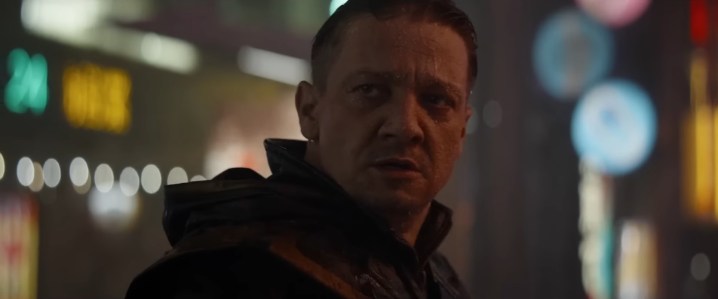
Though Hawkeye is one of the original six Avengers, he was rendered one of Loki’s brainwashed servants for most of the team’s first film together. For this reason, he only became a true character later in the film, but Hawkeye still seemed overshadowed by his teammates in the climactic battle in New York.
Thus, the bow-wielding Avenger didn’t fully come unto his own as a hero until the release of his solo miniseries, Hawkeye, almost a decade later.
Nearly losing Spider-Man
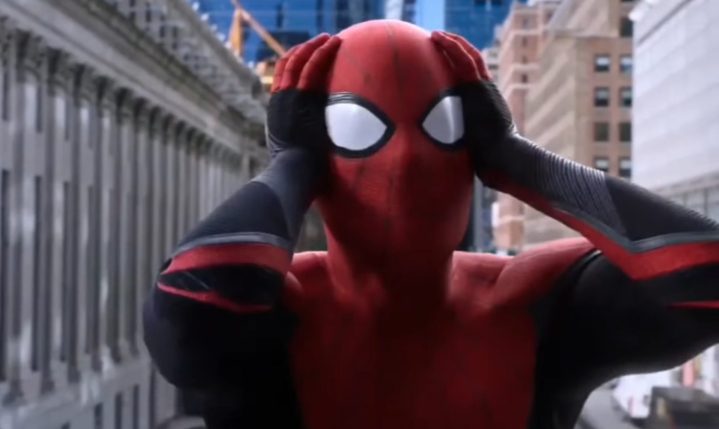
Shortly after the release of Spider-Man: Far From Home, Sony announced that Tom Holland’s Spider-Man would only appear in the studio’s own cinematic universe going forward. This shocking decision came after Marvel Studios failed to renegotiate the terms of its deal to share the character’s film rights with Sony.
This couldn’t have come at a worse time, as the MCU had just left Holland’s character off with the whole world learning his secret identity. To make a sequel to that without Marvel Studios would have likely led to a far different film than what was seen in Spider-Man: No Way Home. Luckily, Holland spoke with Disney CEO Bob Iger and Sony Pictures Chairman Tom Rothman, encouraging them to renegotiate their deal and helping keep Spidey in the MCU.
Oversexualizing and objectifying Black Widow
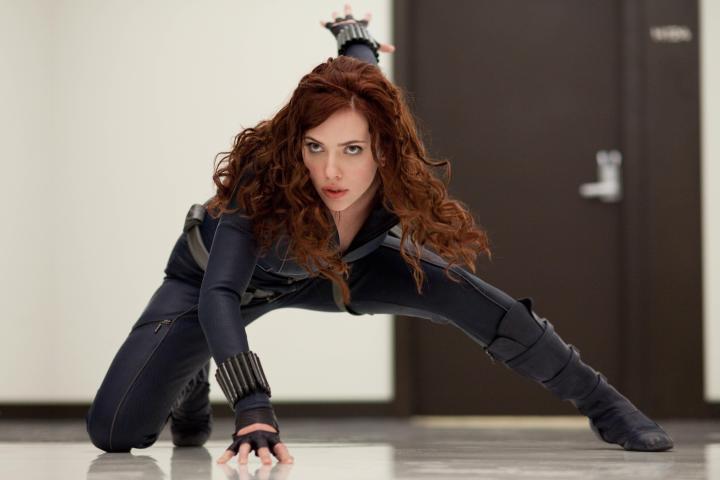
Though Black Widow has long been one of the MCU’s most inspiring and well-rounded heroes, she had been treated like eye candy for much of her tenure. In Iron Man 2, The Avengers, and Avengers: Age of Ultron, there were multiple instances of her being the subject of sexual jokes and her beauty being emphasized more than her character.
Also, the fact she was made a damsel in distress when she was kidnapped in Age of Ultron seemed to many as a disservice to her. Thankfully, Marvel Studios dialed back on this approach in Phase Three.
Betting too much on Kang
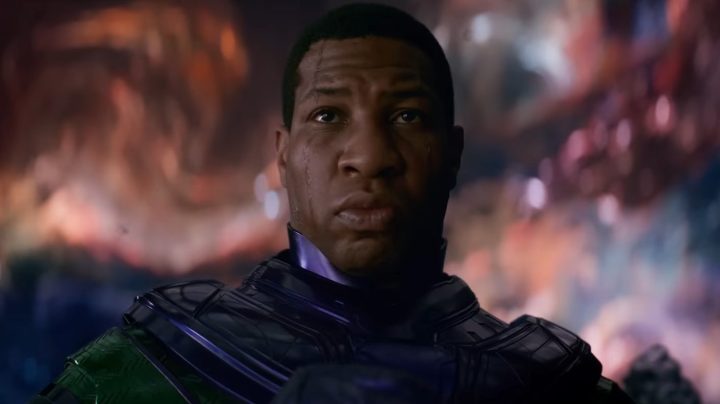
With Jonathan Majors’ recent legal troubles, fans have questioned whether or not he will and should continue to play Kang the Conqueror in the MCU. For a while, Kang has been hyped to be the MCU’s next big bad and a villain far more dangerous than Thanos.
However, Marvel Studios seems to have put too many eggs in one basket by having the entire Multiverse Saga revolve around this one character, with a controversial actor being the face of it all. The MCU is no stranger to recasting their characters, but given that Majors’ performance as Kang is what drove Marvel to focus more on his character in the first place, finding a replacement to play the villain may throw the studio’s plans for its cinematic universe for a loop.
Rushing VFX artists
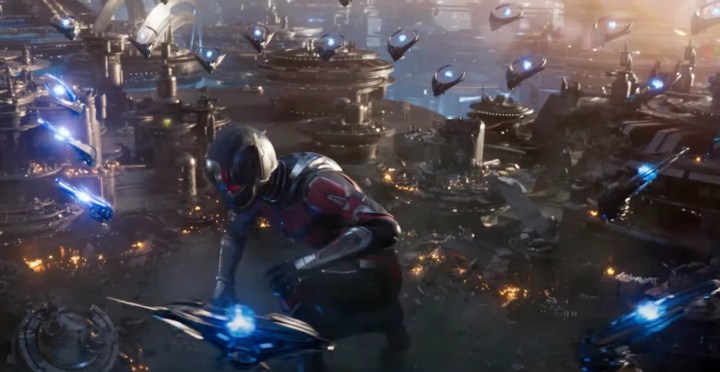
With the enormous amount of projects the MCU has released, VFX companies have been forced to work under strict deadlines with too much overtime and not enough staff to produce high-quality CGI for Marvel. This is evident in the amount of lackluster VFX shots seen throughout Phases Four and Five of the MCU.
Some of the blame has been directed toward Victoria Alonso, Marvel Studios’ former head of physical and post-production, visual effects, and animation. According to Variety, as the one in charge of getting Marvel’s projects through post-production, Alonso has been described as a “kingmaker” who would blacklist artists who have “pissed her off in any way” by complaining about their difficult schedules and work environment. As a result, it’s no surprise that Marvel’s VFX artists have recently unionized.
Having too many projects in Phase Four
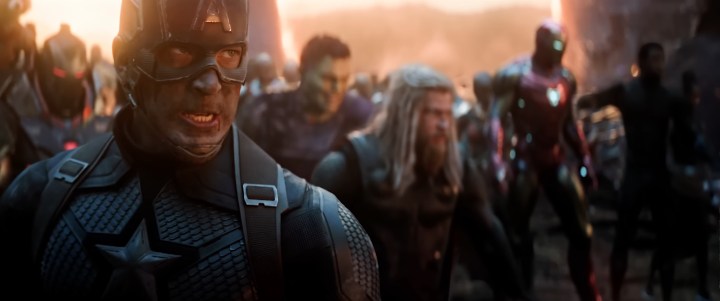
Guardians of the Galaxy proved that any comic book character has the potential for success, leading to Marvel Studios giving many other obscure superheroes their own film or TV series. But to quote Jurassic Park‘s great scientist Ian Malcolm, Marvel was “so preoccupied with whether or not they could, they didn’t stop to think if they should.”
The excessive amount of superhero movies and shows in recent years has made these pop culture events less special and exciting in the eyes of audiences. Also, the fact that many of them seem to follow the same formula has caused superhero fatigue to settle in and led to a decline in public interest.
Losing Patty Jenkins
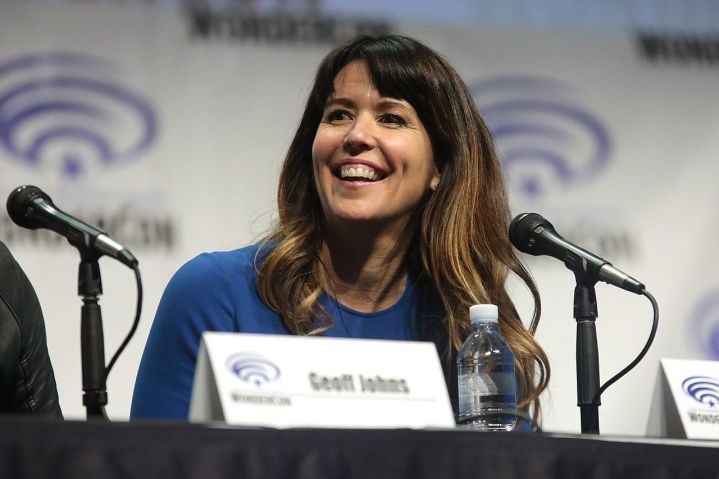
Before Alan Taylor was hired to direct Thor: The Dark World, Marvel Studios had future Wonder Woman director Patty Jenkins set to helm the film. Losing such a promising director now seems like a missed opportunity for Marvel, especially since the second Thor film is widely considered one of the worst films in the MCU.
However, based on Jenkins’s interview on WTF with Marc Maron, it is unclear if the film would’ve been that much better had she stayed. “[Marvel] wanted to do a story that I thought was not going to succeed, and I knew it couldn’t be me,” said Jenkins. “It couldn’t be me that had that happen. If they hired any guy to do it, it wouldn’t be a big deal, but I knew in my heart that I could not make a good movie out of the story they wanted to do.”
Losing Edgar Wright
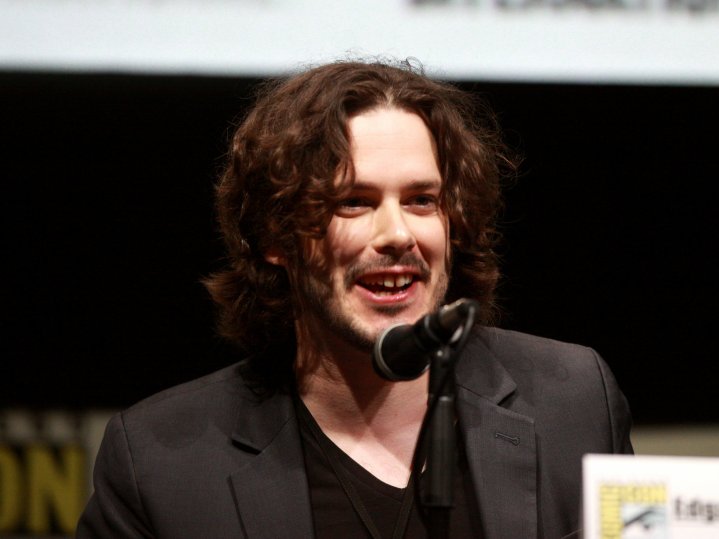
Director of beloved comedies such as Shaun of the Dead and Scott Pilgrim vs. The World, Edgar Wright seemed like the perfect choice to helm the first Ant-Man movie. But after turning in a script for the film, Wright parted ways with Marvel Studios after he had been asked to write a new one. “The most diplomatic answer is I wanted to make a Marvel movie, but I don’t think [Marvel Studios] really wanted to make an Edgar Wright movie,” Wright said to Variety.
Firing James Gunn
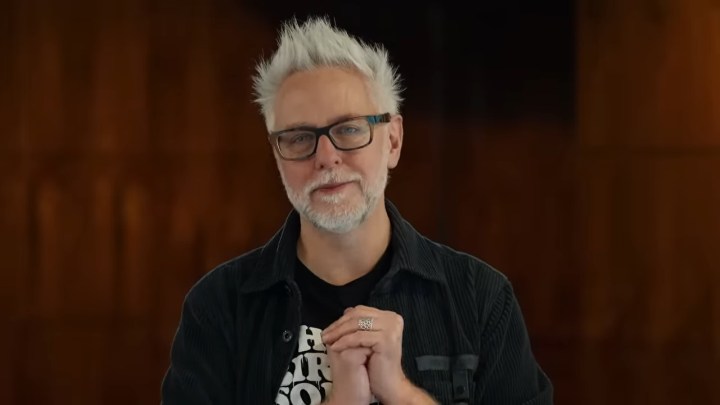
Guardians of the Galaxy director James Gunn received a lot of scrutiny after alt-right media personality Mike Cernovich dug up his many offensive tweets featuring jokes about pedophilia and the Holocaust. While this was an understandable reason for his firing, Gunn had claimed to have long regretted making those jokes, and his termination only gave the vengeful Cernovich what he wanted after Gunn criticized Donald Trump.
But after fans and multiple Hollywood figures voiced their support for Gunn, the director was rehired to direct Guardians of the Galaxy Vol. 3. Though Gunn’s firing may have been a mistake, it was arguably a blessing in disguise for him, as he was able to land the role as director of The Suicide Squad, leading to him becoming the co-head of DC Films and the overseer of a new cinematic universe.
Underutilizing its villains
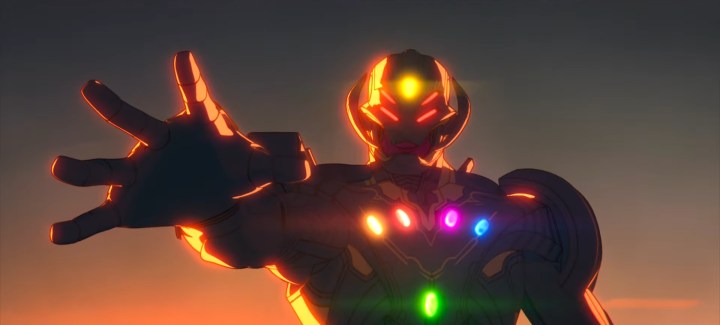
Marvel has a nasty habit of introducing some stellar villains, only to kill them off in a single film. The most notable examples include Obadiah Stane, Hela, Ultron, Ego, Mysterio, Xu Wenwu, and Gorr the God Butcher. While some of these villains had fitting ends to their stories, one can’t help but feel there were missed opportunities to flesh out their characters and make them truly fearsome.
Fortunately, Marvel Studios have begun to revisit some villains in their most recent films, bringing back the likes of Red Skull, the Abomination, the Leader, and Yellowjacket (as MODOK). The Multiverse also allowed writers to make a variant of Ultron one of the greatest threats to all of creation.
Editors’ Recommendations

